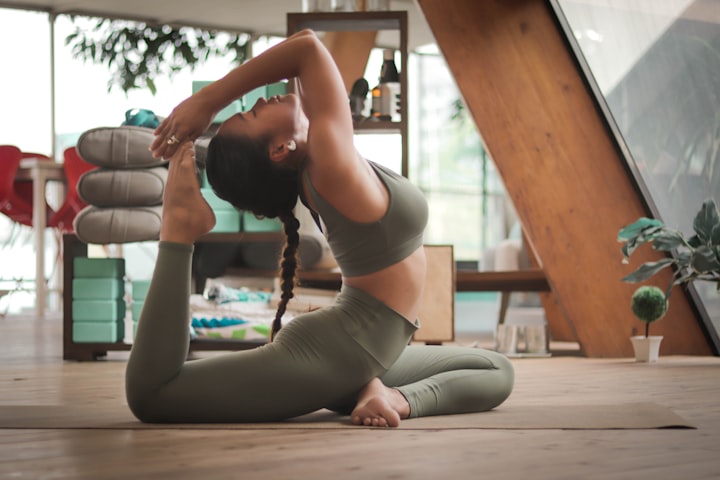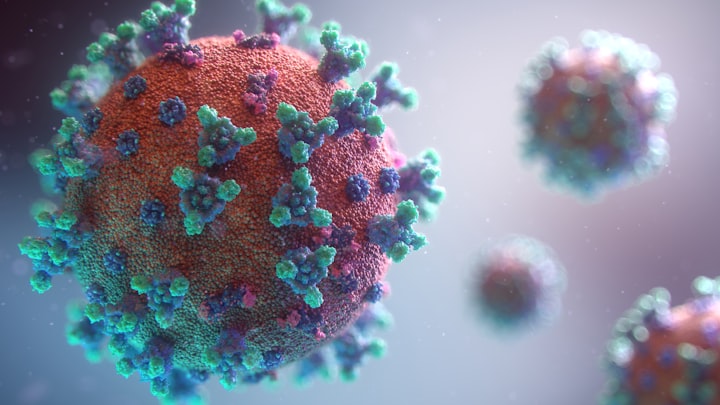Hot yoga found to be a powerful antidepressant in recent study.
Adults participating in the clinical trial reported a 50% decrease in symptoms, with 44% indicating that they were in a state of remission.

In a randomized controlled clinical trial of adults with moderate-to-severe depression, those who participated in heated yoga sessions experienced significantly greater reductions in depressive symptoms compared with a control group. The results of the trial, led by investigators at Massachusetts General Hospital and published in the Journal of Clinical Psychiatry, suggest that heated yoga could be a viable treatment option for patients with depression.
In the eight-week trial, 80 participants were randomized into two groups. One group received 90-minute sessions of Bikram yoga practiced in a 105°F room, while the second group was placed on a waitlist. The waitlist participants completed the yoga intervention after their designated waitlist period. The analysis included 33 participants from the yoga group and 32 from the waitlist group.
Participants in the intervention group were prescribed at least two yoga classes per week, although the average attendance over eight weeks was 10.3 classes. After eight weeks, the yoga participants demonstrated a significantly greater reduction in depressive symptoms compared to the waitlisted participants, as evaluated through the clinician-rated Inventory of Depressive Symptomatology (IDS-CR) scale.
Importantly, even participants who received only half of the prescribed yoga sessions showed a reduction in depressive symptoms. This suggests that heated yoga sessions once a week could still be beneficial. The trial also revealed that 59.3 percent of yoga participants experienced a 50 percent or greater decrease in symptoms, compared with only 6.3 percent of waitlist participants. Moreover, 44 percent of participants in the yoga group achieved such low IDS-CR scores that their depression was considered in remission, compared to 6.3 percent in the waitlist group.
Lead author Maren Nyer, director of Yoga Studies at the Depression Clinical and Research Program at Massachusetts General Hospital, and assistant professor of psychiatry at Harvard Medical School, stated that "Yoga and heat-based interventions could potentially change the course of treatment for patients with depression by providing a non-medication–based approach with additional physical benefits as a bonus." Nyer added that they are currently developing new studies to determine the specific contributions of heat and yoga to the observed clinical effects in depression.
Participants positively rated the heated yoga sessions, and no serious adverse effects were associated with the intervention. Senior author David Mischoulon, director of the Depression Clinical and Research Program at MGH, emphasized the need for future research to compare heated to nonheated yoga for depression. This comparison will help explore whether heat has additional benefits beyond those of yoga alone, given the promising evidence for whole body hyperthermia as a treatment for major depressive disorder.
Additional authors involved in the study include Lindsey B. Hopkins, Megha Nagaswami, Richard Norton, Chris C. Streeter, Bettina B. Hoeppner, Chloe E. C. Sorensen, Lisa Uebelacker, Jill Koontz, Simmie Foster, Christina Dording, Naoise Mac Giollabhui, Albert Yeung, Lauren B. Fisher, Cristina Cusin, Felipe A. Jain, Paola Pedrelli, Grace A. Ding, Ashley E. Mason, Paolo Cassano, Darshan H. Mehta, Christina Sauder, Charles L. Raison, Karen K. Miller, Maurizio Fava, and David Mischoulon.
The first style known as hot yoga is Bikram Choudhury's creation. He claimed to have developed it from traditional hatha yoga techniques and later increased the studio temperature to represent the heat of India while in Japan. The resulting practice, Bikram Yoga, gained popularity in the early 1970s when Choudhury moved to the United States. This style includes a fixed sequence of 24 asanas and 2 breathing exercises, performed in a room heated to 105 °F (41 °C). Each class lasts 90 minutes and concludes with a two-minute shavasana (corpse pose). Bikram Yoga differs significantly from other hot yoga styles, as illustrated in the table.
Differences Bikram Yoga Hot yoga (in general)
Poses Fixed sequence
of 26 postures Varied asanas in
varying sequences
Temperature,
humidity 105 °F (41 °C),
40% humidity 80–100 °F (27–38 °C),
varied humidity
Lighting Bright lights,
mirrored front wall Any lighting, e.g. candles;
mirrors optional
Training Bikram-certified Any
Sound No music,
no clapping Music is common;
applause is common at the end
Interaction Instructors do not adjust students:
students self-adjust using mirror-wall;
students may not talk Adjustments can be used;
interaction is permitted
Forrest Yoga, developed by Ana T. Forrest around 1982, focuses on holding poses for extended periods. This style emphasizes the repetition of twenty specific poses to create an equal stretch on both sides of the body.
CorePower Yoga, established in 2002, is a vigorous and multi-disciplinary form of hot yoga.
Baron Baptiste Power Yoga is somewhat less heated compared to Bikram Yoga. Baron Baptiste, who learned yoga from T. K. V. Desikachar and B. K. S. Iyengar at a young age and was mentored by Indra Devi, practices a Vinyasa (flow) style that synchronizes breath with movement. He places emphasis on the gaze (Drishti) and incorporates Uddiyana Bandha, a core-stabilizing technique.
Moksha yoga, also known as Modo Yoga, is based on the principles of Bikram Yoga. Founded in Canada in 2004 by human rights and environmental activists Jessica Robertson and Ted Grand.
Tribalance Hot Yoga, created in Schaumburg, Illinois by Corey Kelly and Shawnda Falvo in 2007, combines elements of Bikram and Yin Yoga. This style does not adhere to a fixed series of asanas and emphasizes the meditational aspect of yoga.
There are also various types of hot yoga classes, including hot yoga sculpt, hot yoga barre, hot yin yoga, hot 26 & 2 yoga, and hot yoga fusion. Research has shown that yoga can be an effective treatment for symptoms of depression.
About the Creator
harunur roshid
I am harun so exitet Vocal site. I love to earn online.






Comments
There are no comments for this story
Be the first to respond and start the conversation.